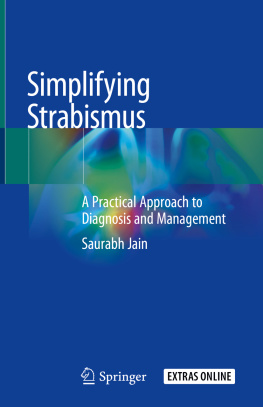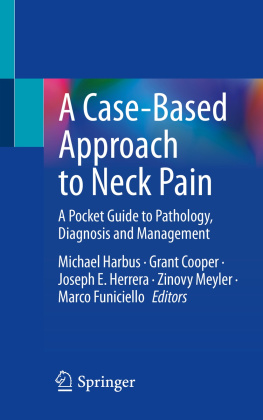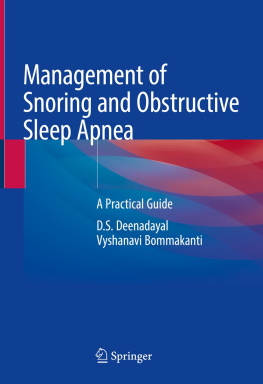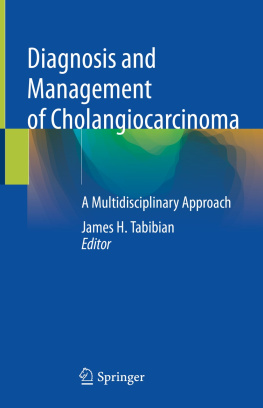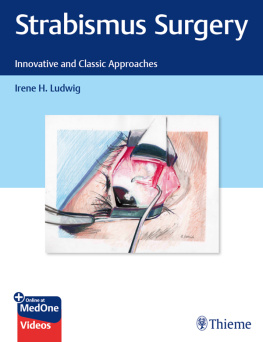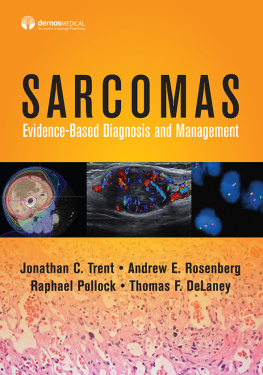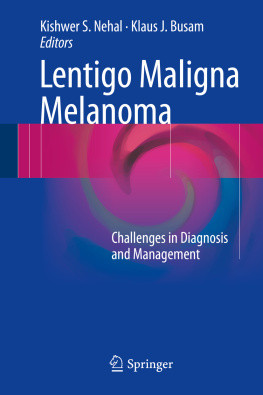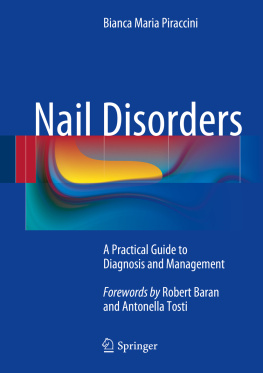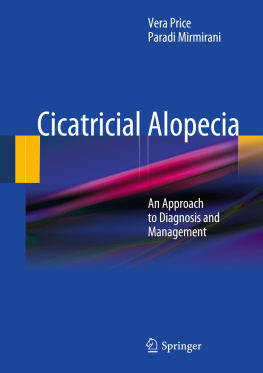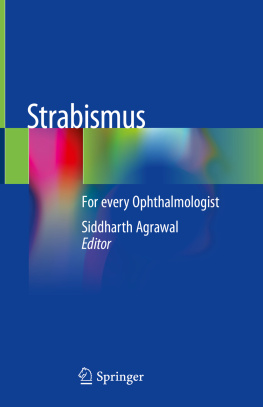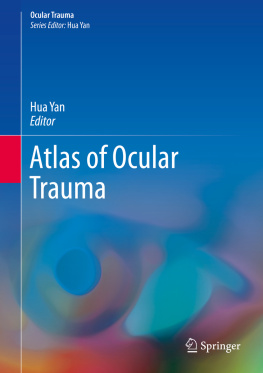VideoCover test. A 70 year old man with a right large angle esotropia. On covering the left eye, he takes up fixation with the right but immediately switches back when the cover is removed suggesting this is a constant rather than an alternating form of strabismus
VideoA 24 year old woman with a well controlled exophoria. Initially there is no obvious strabismus but this decompensates on alternate cover test to an alternating exophoria
VideoA 64 year old woman with a left sixth nerve palsy, following a left MR recession. She has an esotropia in primary gaze and limitation of abduction bilaterally, left more than right
VideoA 23 year old man with a left myopic esotropia, seen in primary position and confirmed by an initial cover test. Base out prisms of increasing power are placed in front of the left eye to neutralise the deviation and at the end, the only residual movement is a small hypertropia. As he is a high myope, the cover test is carried out with his glasses on which enables better fixation and true measurement of degree of deviation
VideoA 75 year old man who previously underwent a left sided surgery for esotropia as a child. He now has a large left constant consecutive exotropia. On covering the right eye, he takes up fixation momentarily but switches back when the cover is removed. There is no significant change in the deviation on an alternate cover test
VideoA 22 year old man who has undergone previous Right MR recession and now complains of diplopia in left gaze. There is no apparent strabismus in primary position on an alternate cover test but an alternating esotropia is obvious when this is carried out in laeveversion
VideoA 25 year old man with consecutive exotropia following previous strabismus surgery. He has bilateral limitation of adduction (right greater than left) with a large angle of exotropia. He can take up fixation readily with either eye and the exotropia increases in lateral gazes as demonstrated by a cover-uncover test. Note the medial conjunctival scarring in both eyes subsequent to previous MR recessions
VideoA 42 year old man with a well controlled left hyperphoria in primary position with a slight right head tilt. However, in dextroversion an alternate cover test demonstrates an obvious left hypertropia secondary to significant IO overaction. The deviation almost disappears in laevoversion. There is a small exophoria when tilting the head to the right and left hypertropia when tilting it to the left
VideoMyectomy of the Left Inferior Oblique muscle: the muscle is identified and hooked, lateral to the IR. The muscle belly is held up by two squint hooks and central portion of 1 cm is cauterized at both ends and excised. The cut ends are inspected to ensure there are no residual connecting fibres
VideoThe muscle tendon is identified and detached from the sclera as close as possible to the insertion. It is then reattached just lateral to the edge of the IR
VideoThe Left eye has two marks put on at the limbus at 0 and 90 to ensure the baseline position is identified. A stay suture is put in, and the eye retracted inferomedially. The SO is identified after hooking the SR, the tendon is split and the anterior 25% isolated on a suture that is advanced 8 mm posterior and 2 mm superior to the LR insertion. Once the procedure is completed the marks show that the eye is now intorted compared to its original position
VideoA 87 year old patient with a right VIth nerve palsy with a prominent right esotropia that worsens in right gaze with associated loss of abduction
VideoA wheelchair bound patient with a right exotropia that alternates freely on a cover test. On Dextroversion there is limitation of left adduction and ataxic nystagmus of the right eye. On levoversion, there is limitation of left adduction and ataxic nystagmus of the left eye, suggestive of bilateral wall eyed internuclear ophthalmoplegia
VideoA 25 year old woman with complaints of episodic oscillopsia. On switching on the slit lamp beam, the right eye exhibits bursts of spasmodic, involuntary intorsion with intermittent depression of the eye
VideoA 55 year old man with bilateral ptosis, left more advanced than right, chin elevation and global reduction of eye movements. Following the application of an ice pack for 10 s there is an immediate improvement in both the lid position as well as the ocular motility
VideoA 65 year old lady with bilateral proptosis and right lid retraction, secondary to thyroid eye disease. There is bilateral limitation of upgaze due to IR fibrosis, more pronounced ion the right eye
VideoA 75 year old woman with bilateral ptosis and no manifest strabismus in primary gaze as evidenced by no movement on a cover-uncover test. However, she has significant limitation of eye movements in depression, dextroversion and laevoversion
VideoA 78 year old man with a right sided blow out fracture. Note the frosted superior half of the lens in the right eye. He has no manifest strabismus in primary gaze but has prominent limitation of upgaze in the right eye leading to a right hypotropia in upgaze
VideoA 10 year old girl with a small left hypotropia in primary position associated with a pseudoptosis. When she fixates with the left eye, the right eye elevates significantly behind the cover. This is due to the secondary deviation being more pronounced due to the extra innervation flowing to the right elevators when the left eye fixates. There is limitation of elevation of the left eye, more marked in adduction that abduction

